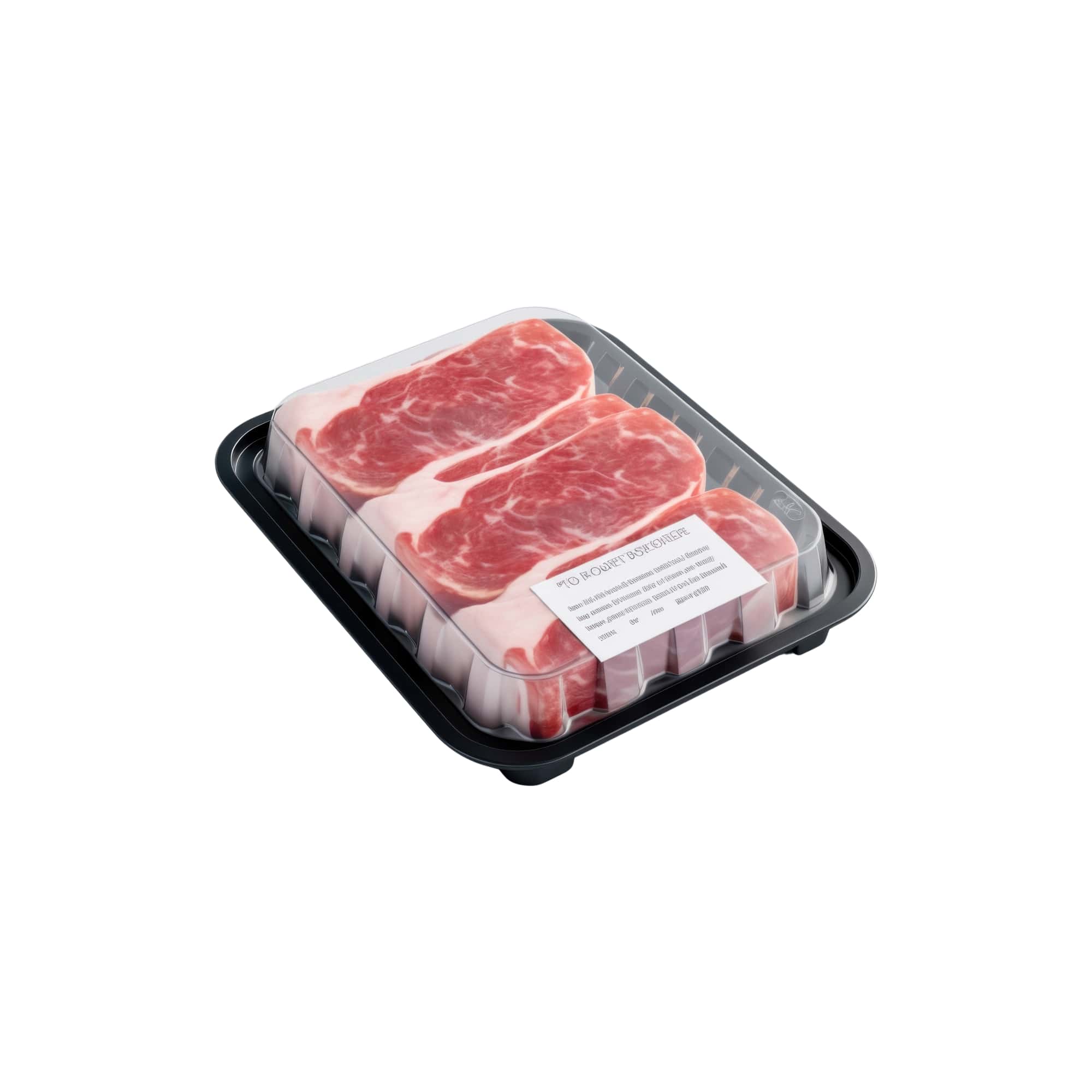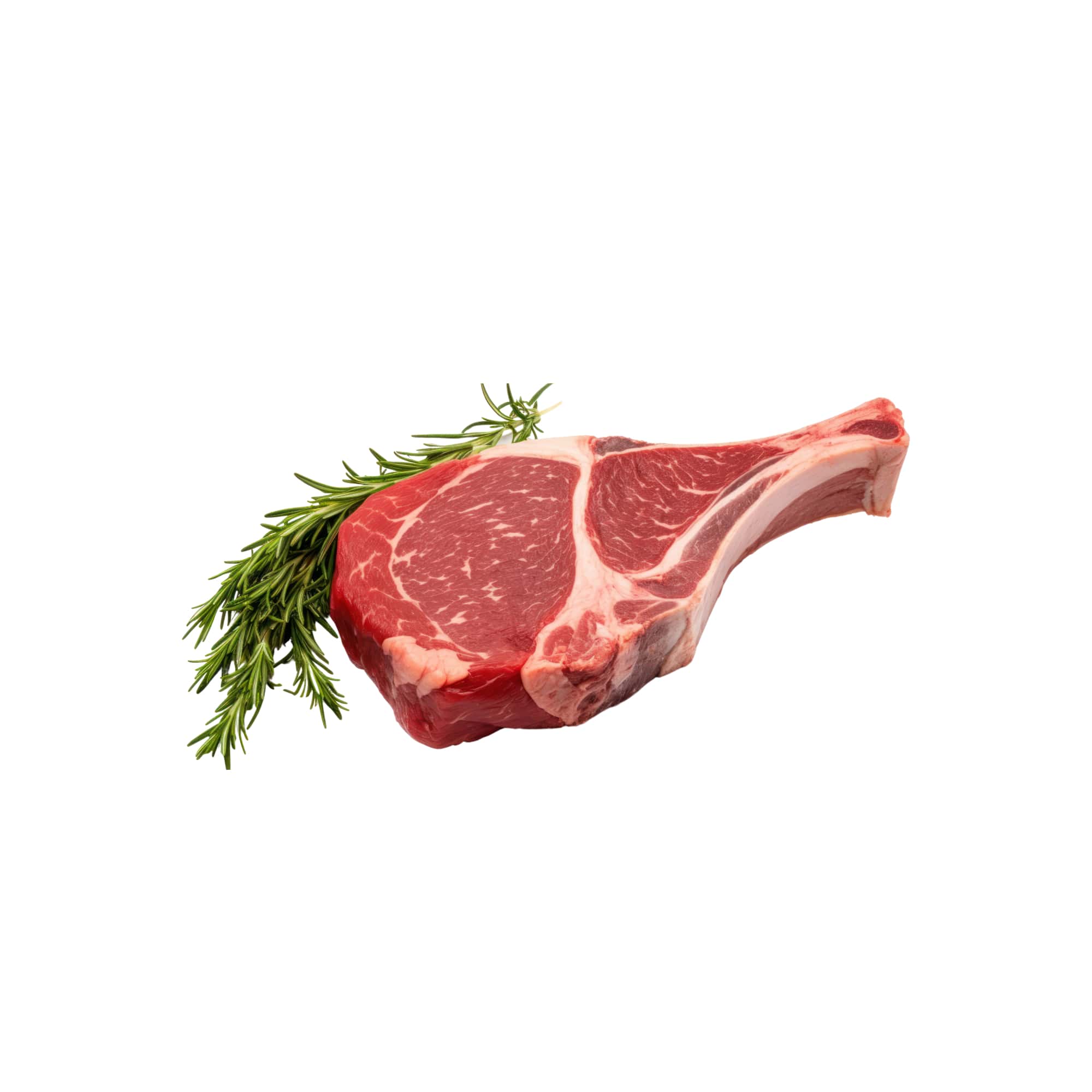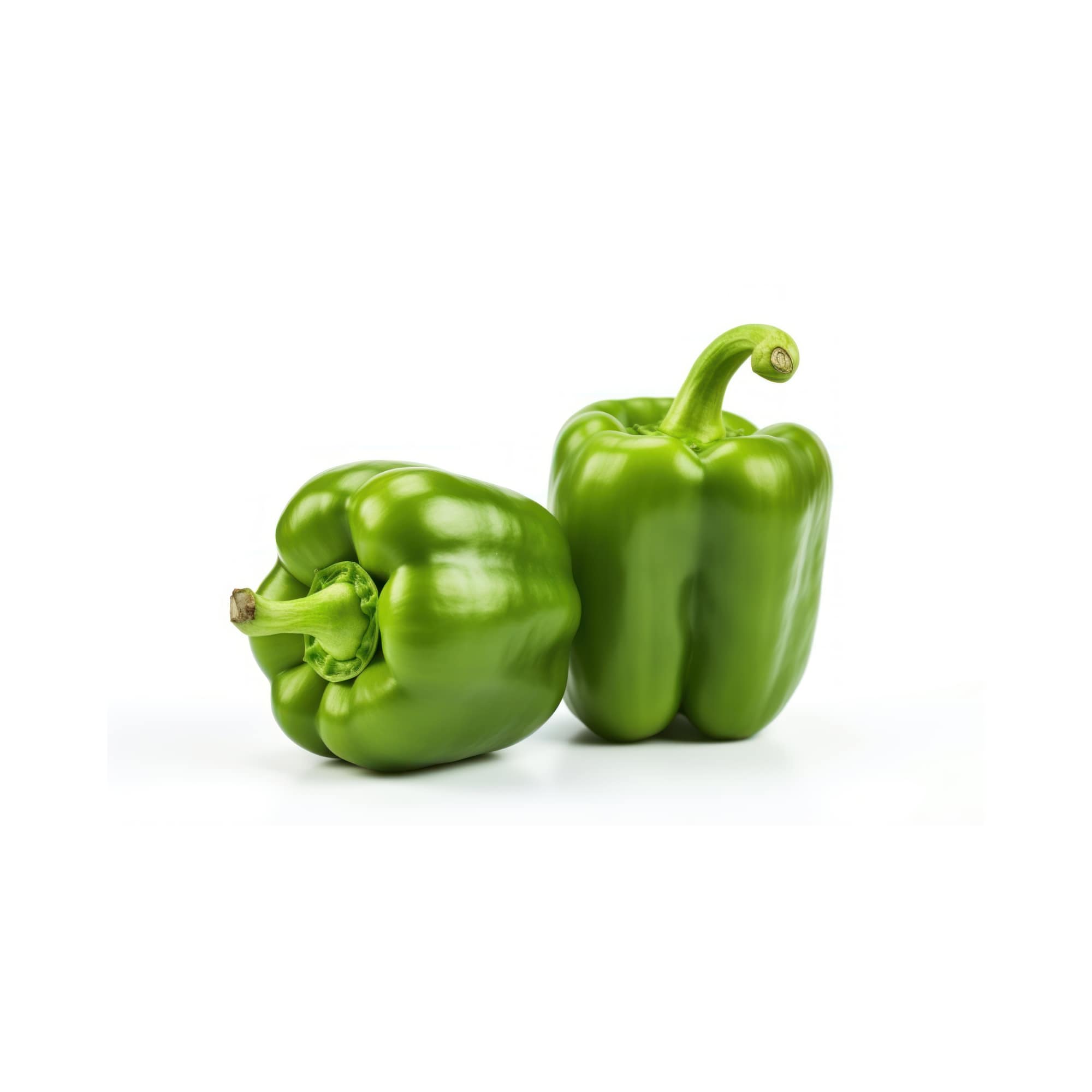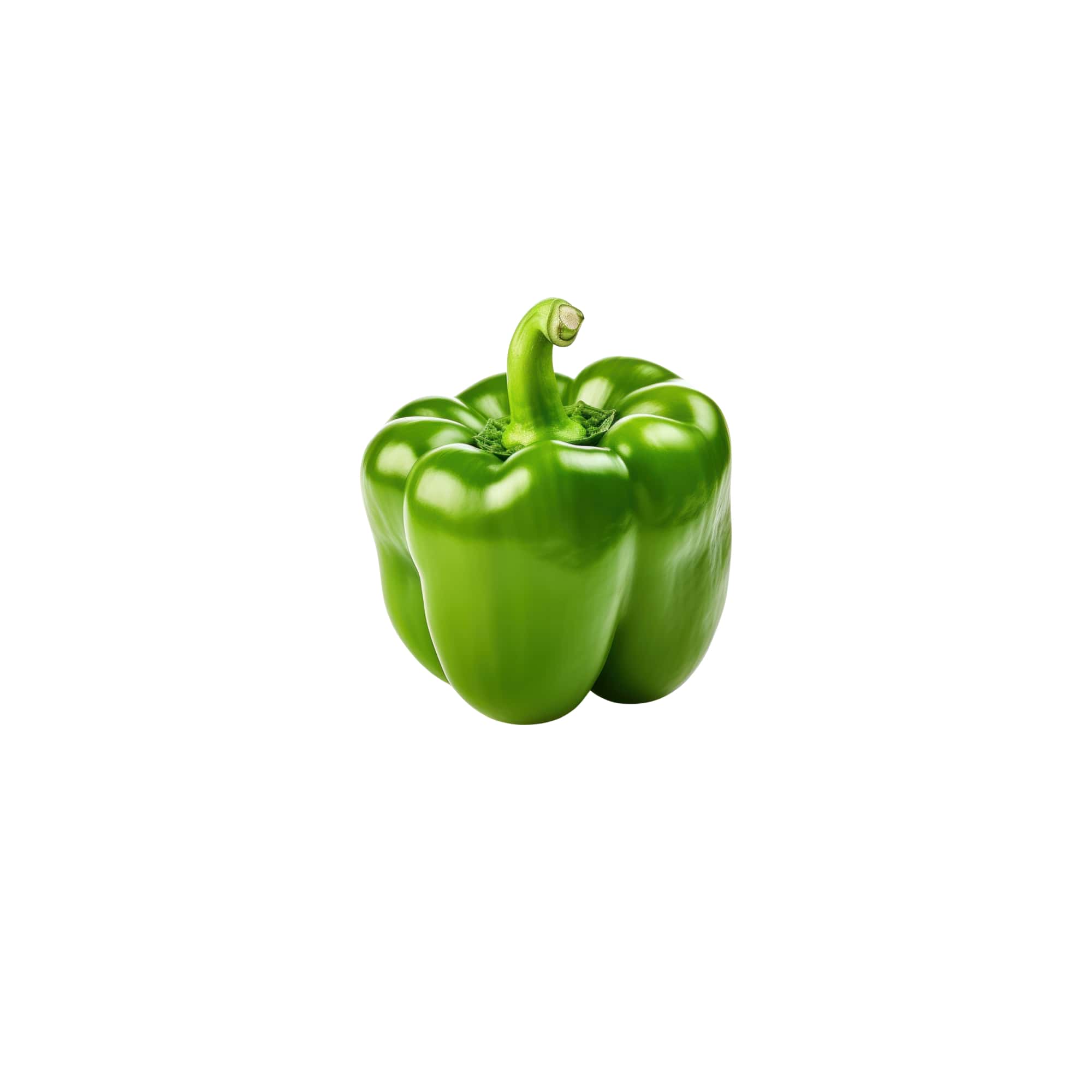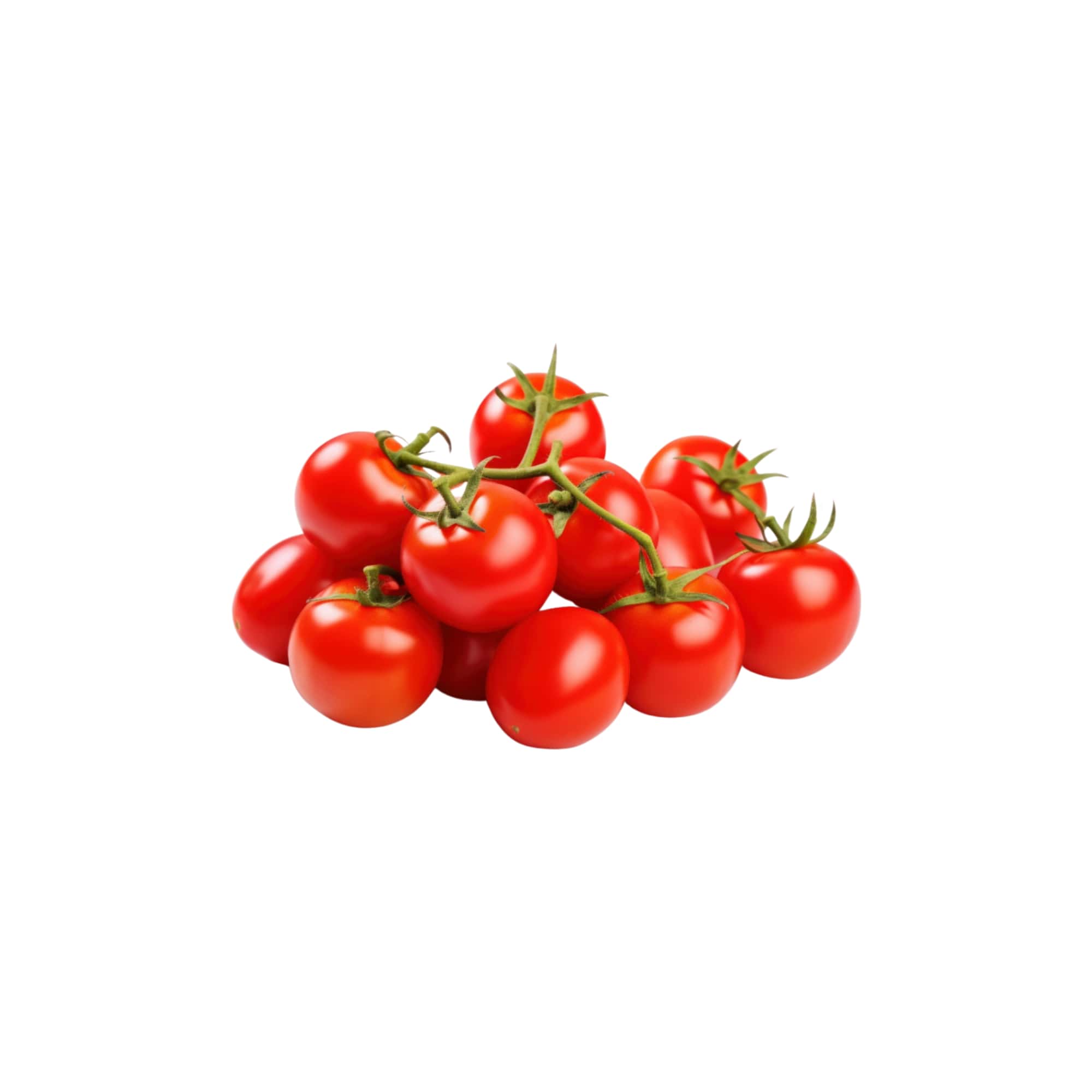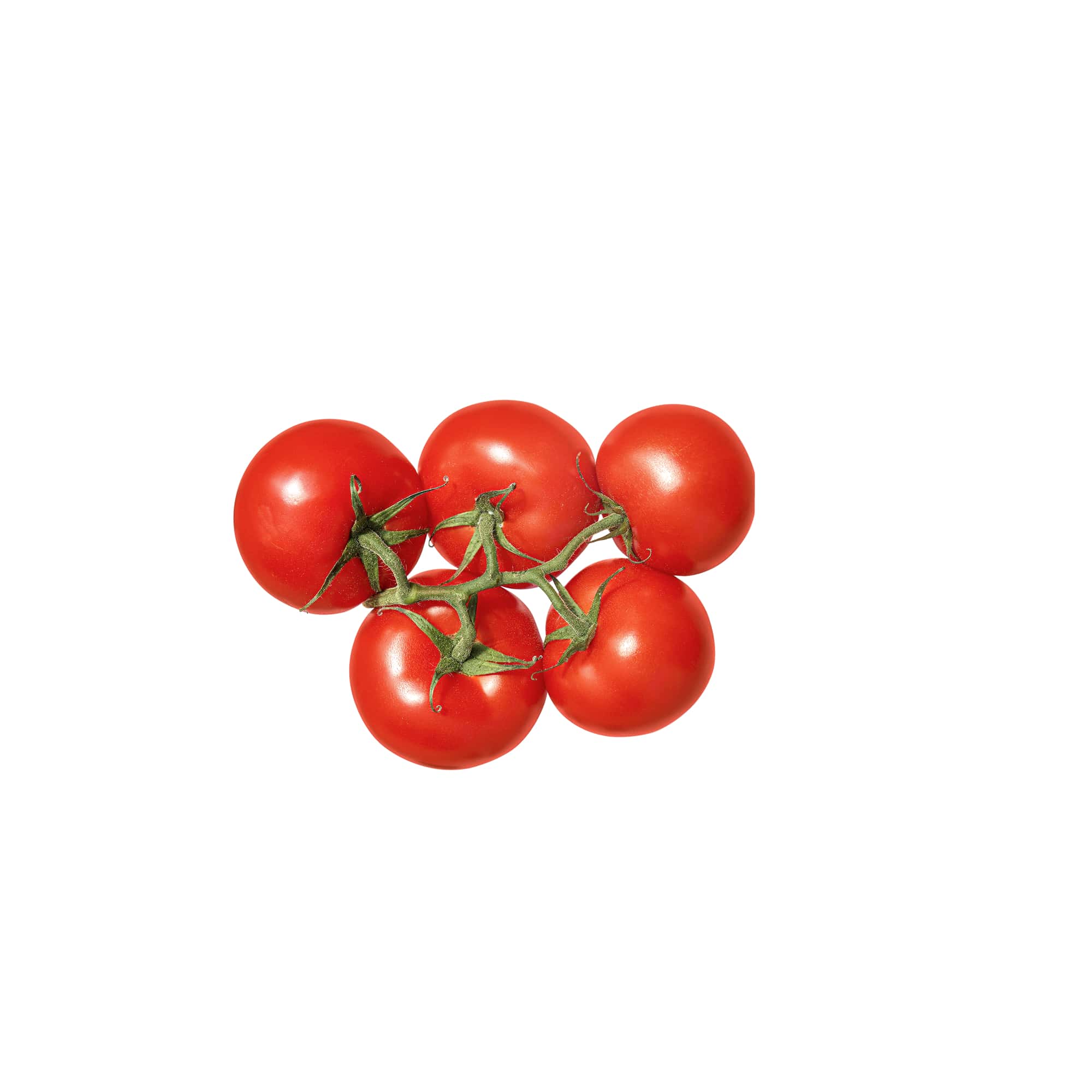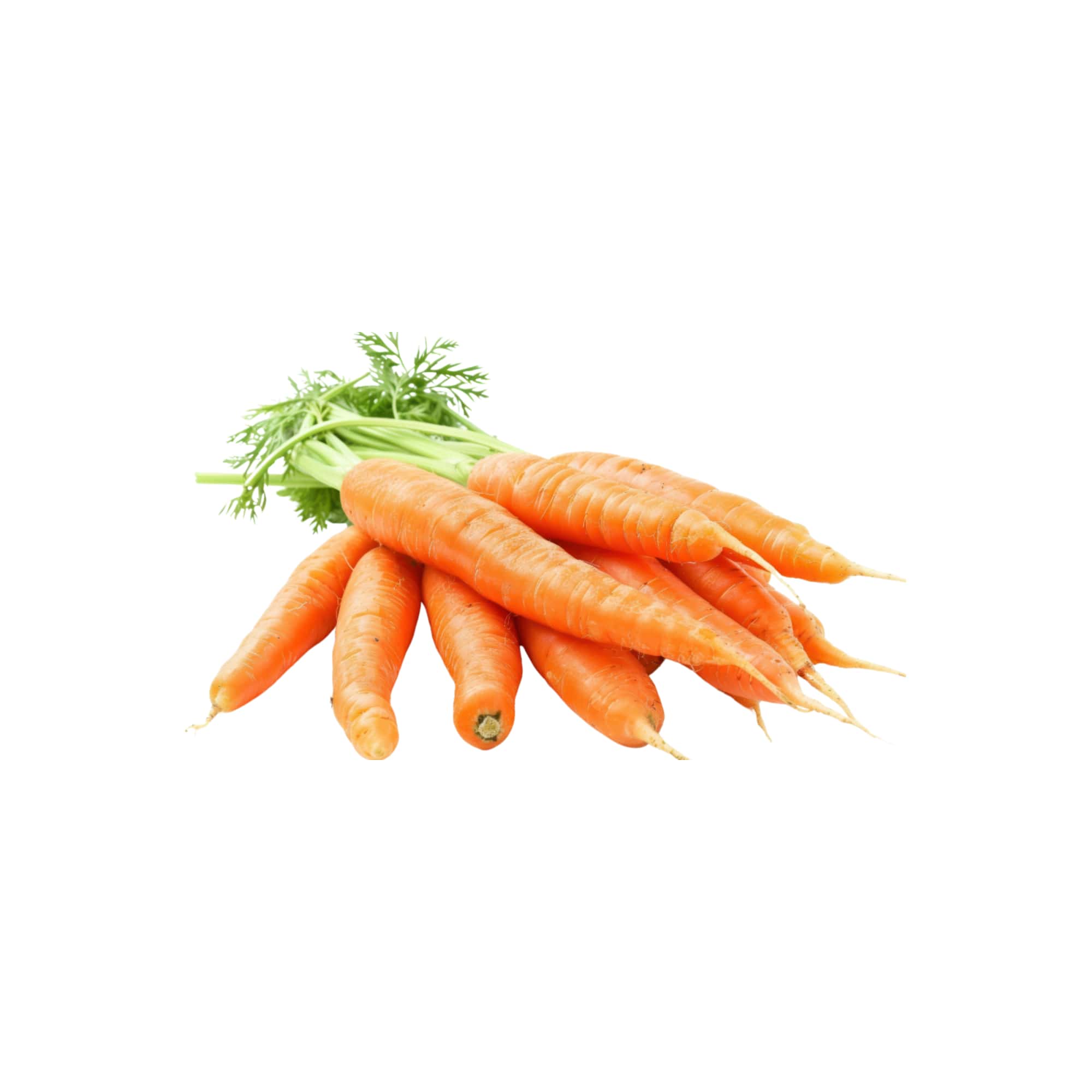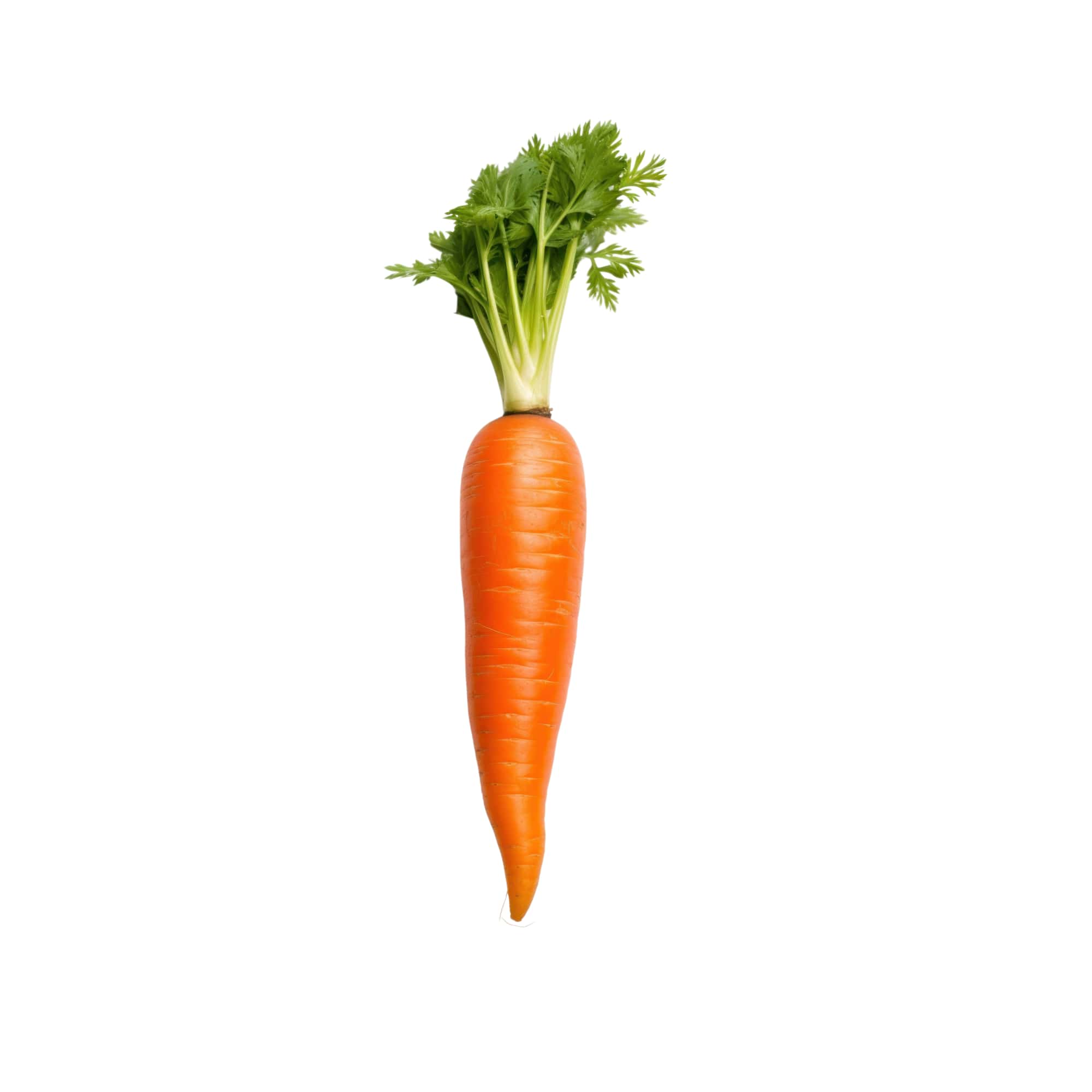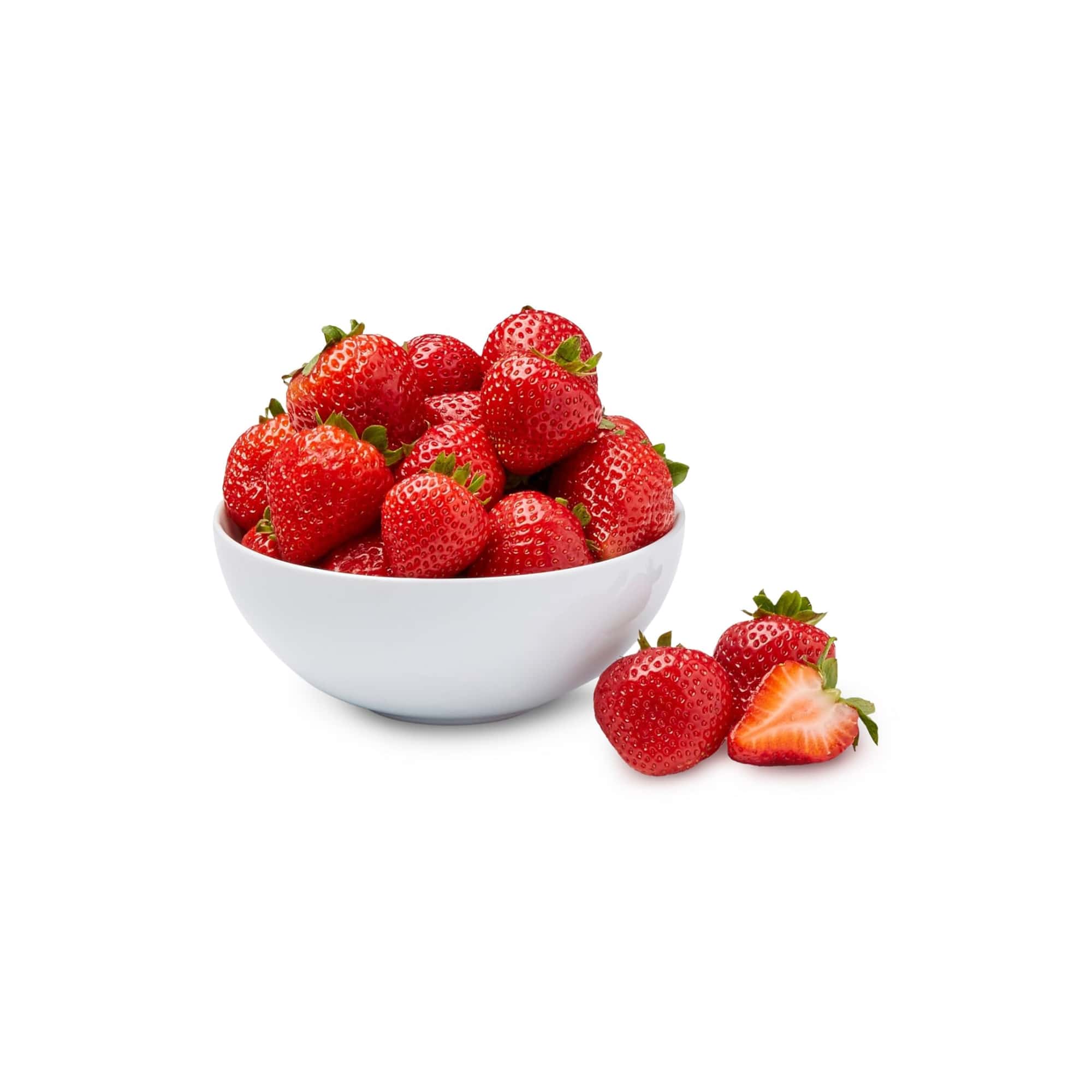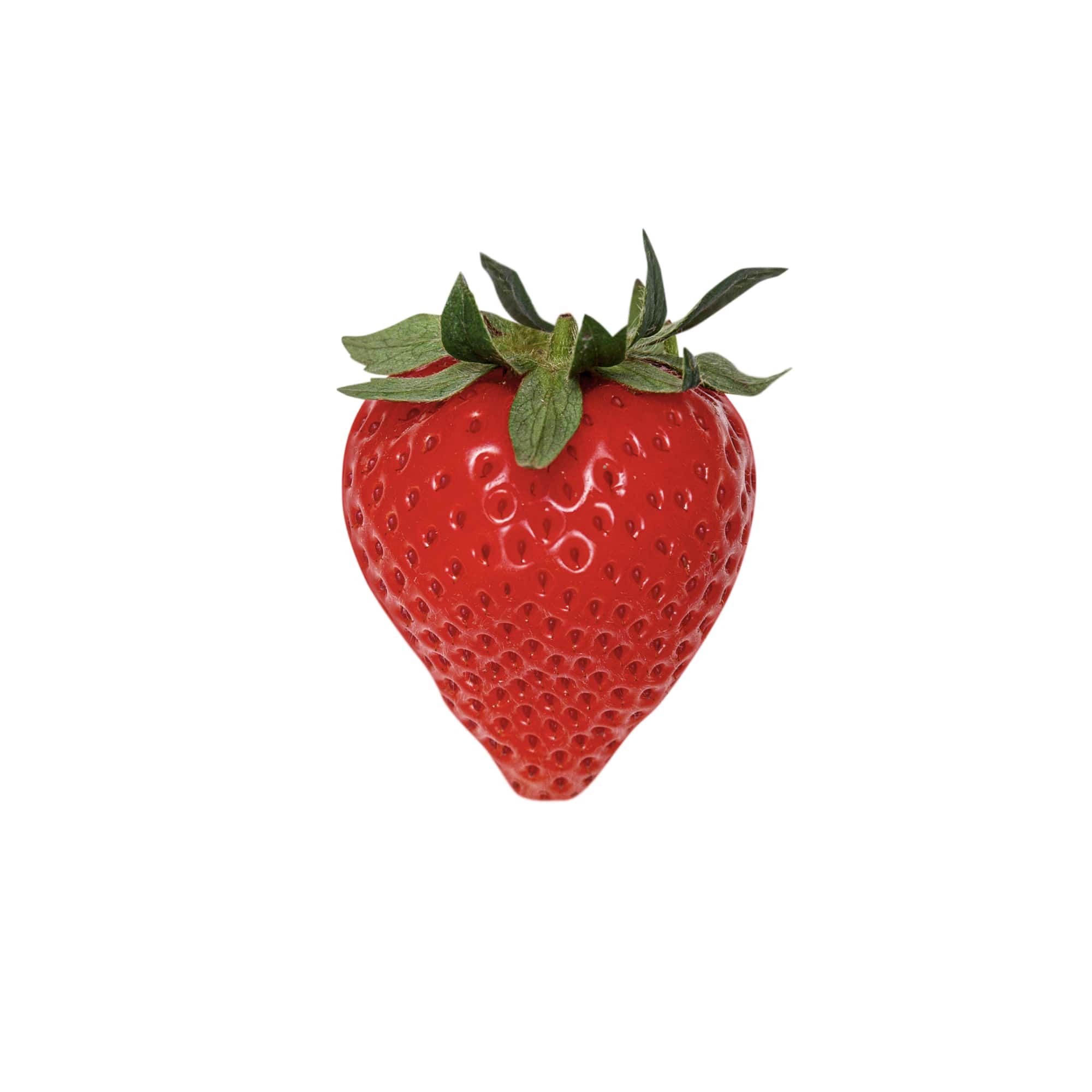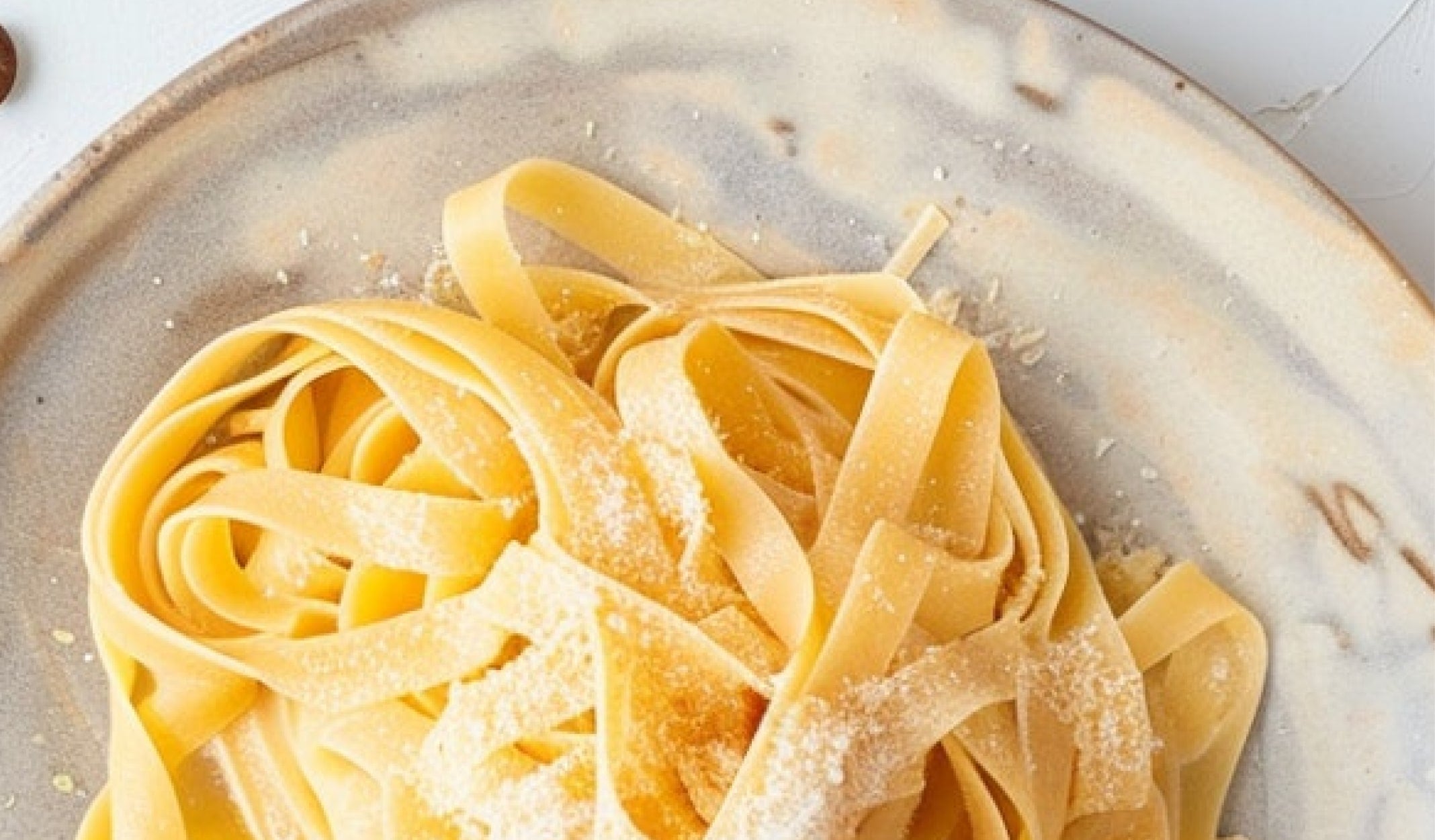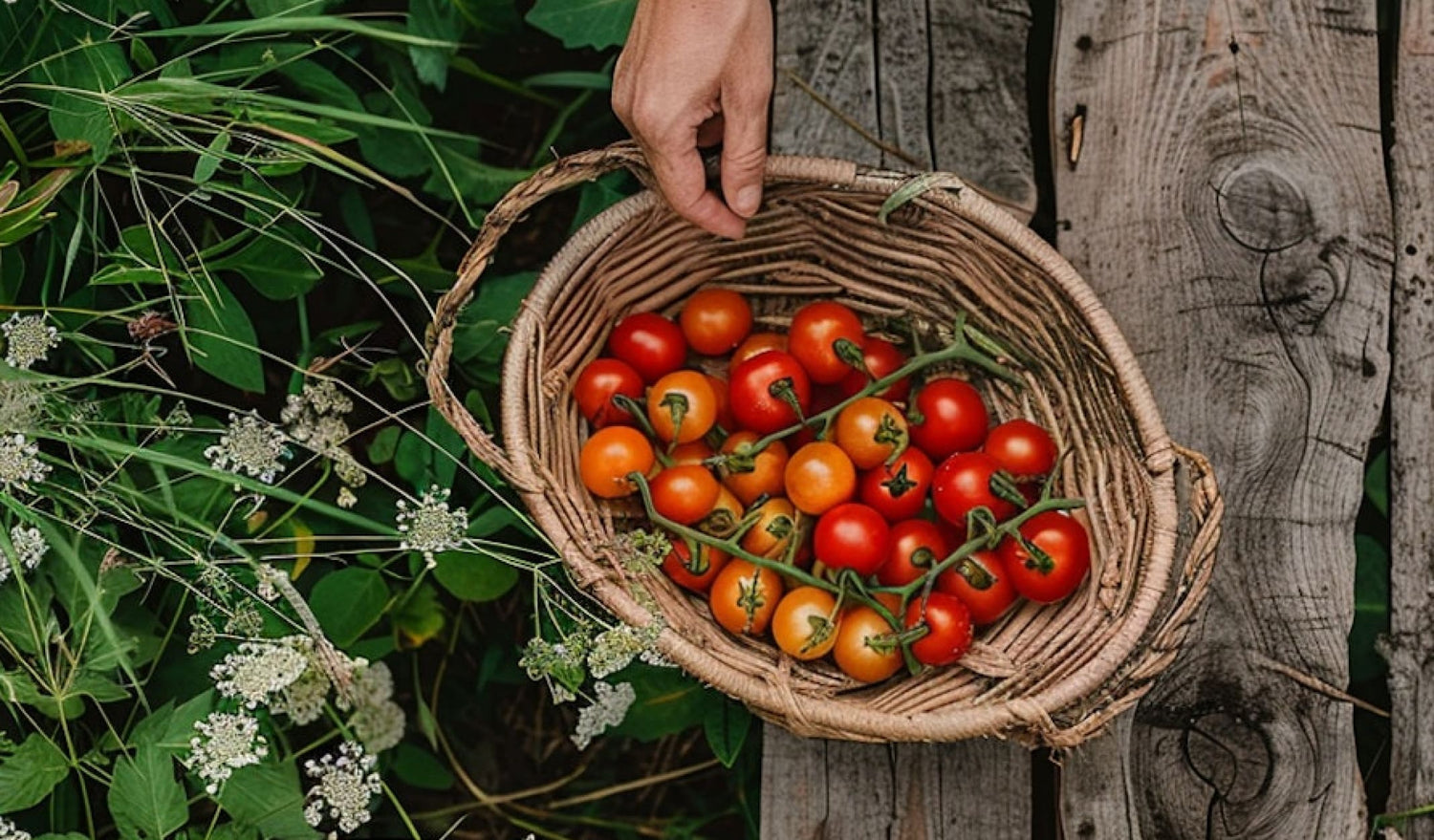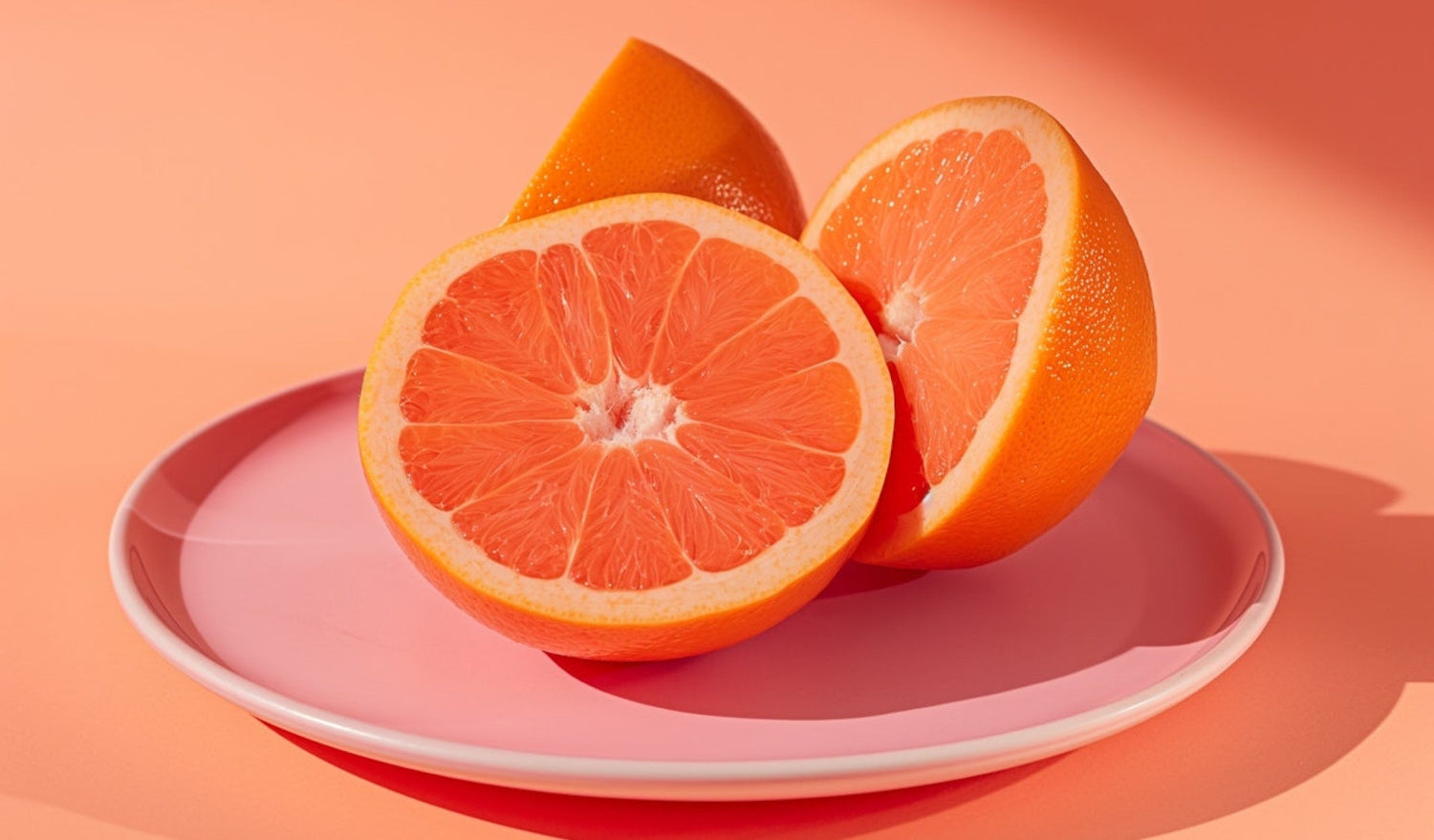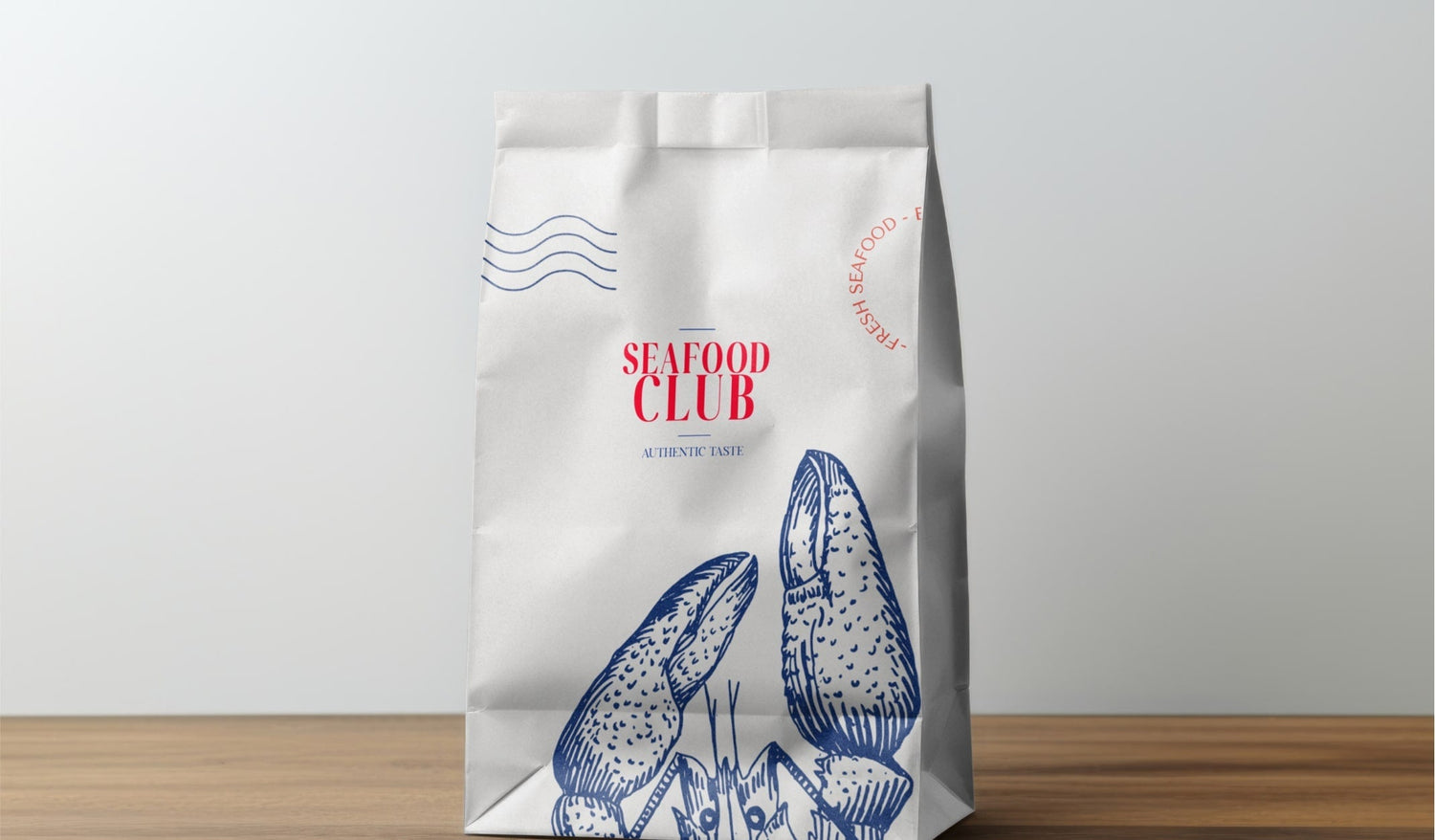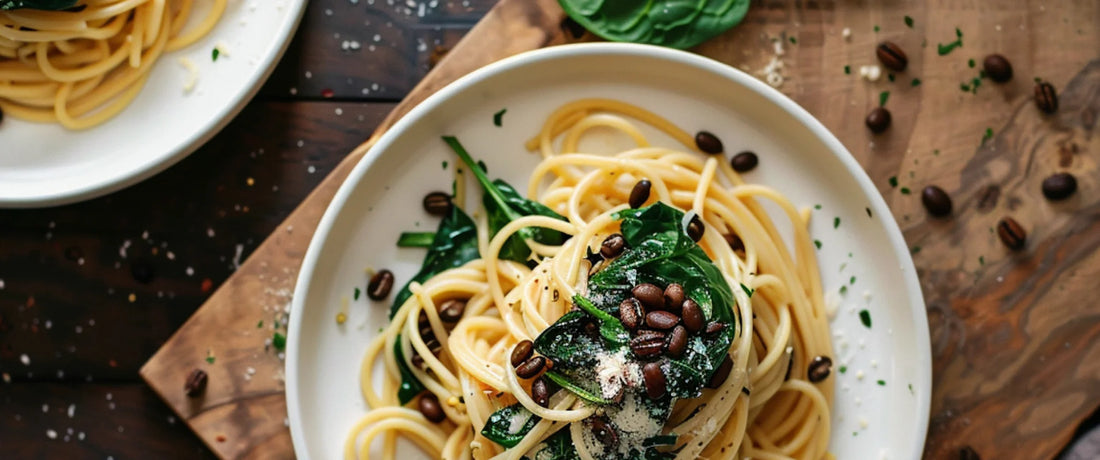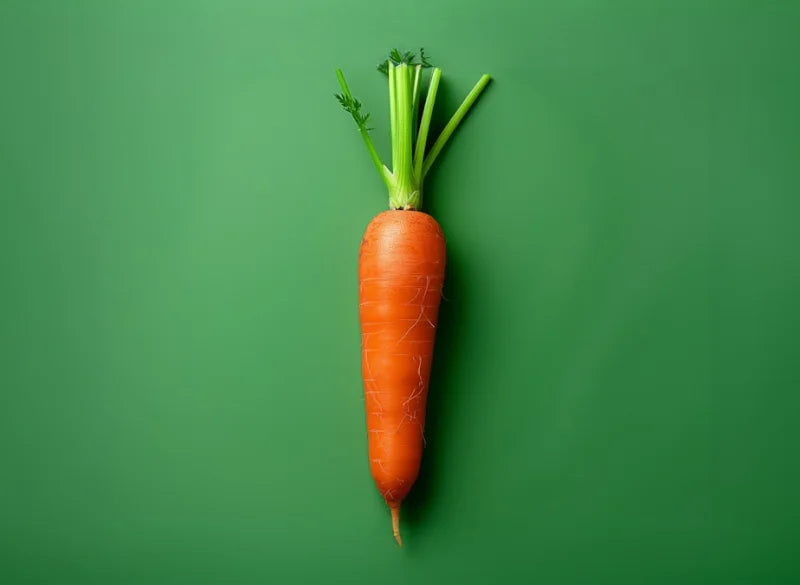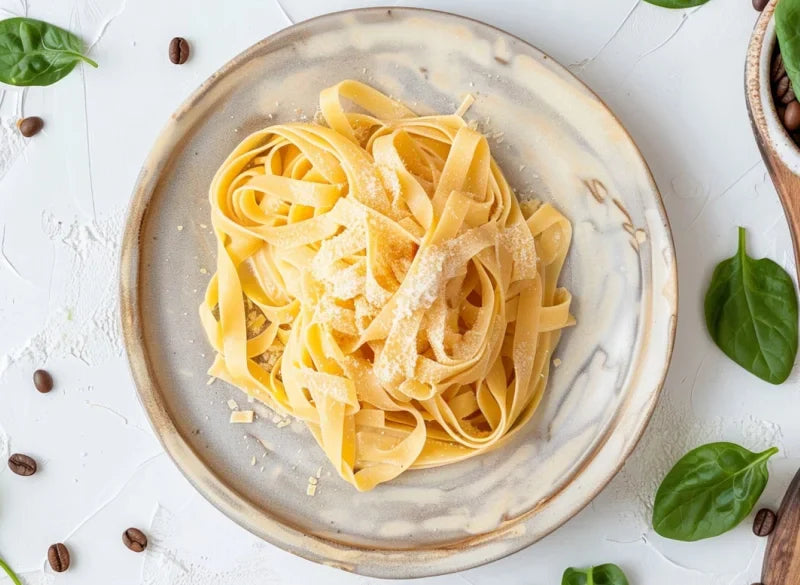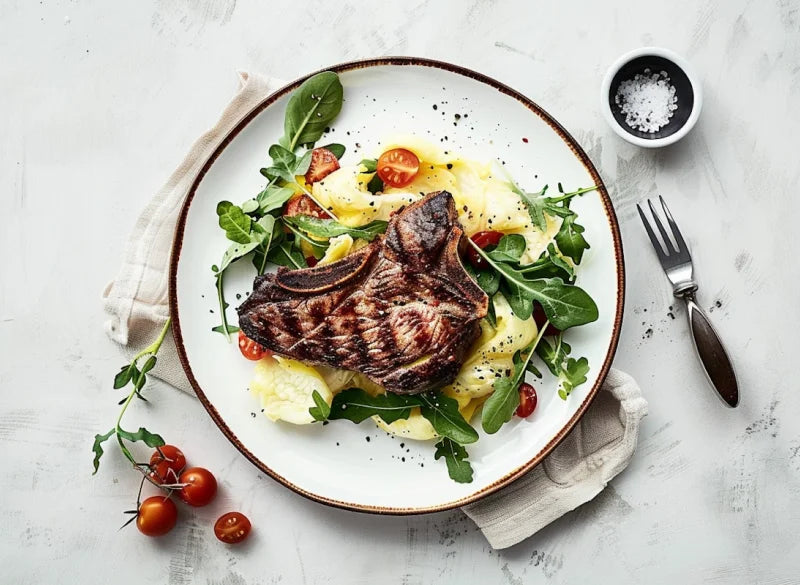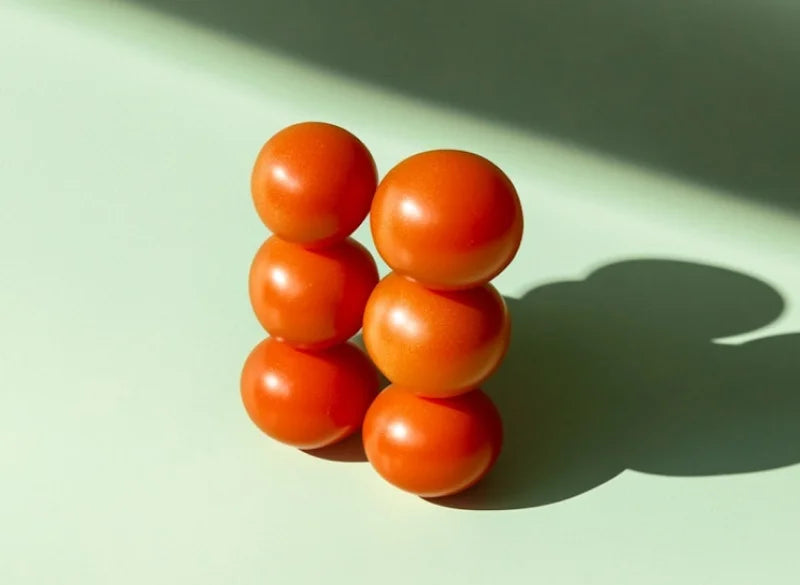1. The Art and Tradition of Fresh Pasta Making
Fresh pasta is an Italian culinary masterpiece that dates back centuries, celebrated for its delicate texture and rich flavor. Unlike dried pasta, fresh pasta is made with simple ingredients—flour, eggs, and sometimes a pinch of salt—mixed and kneaded to create a smooth, elastic dough. The dough is then rolled out and cut into various shapes, each suited to different sauces and dishes. This artisanal approach transforms humble ingredients into a luxurious foundation for countless Italian meals.
2. Why Fresh Pasta Tastes Different
The difference between fresh and dried pasta lies in texture and flavor. Fresh pasta cooks quickly and offers a tender, silky bite that dried pasta cannot replicate. Its porous surface holds onto sauces more effectively, delivering a fuller taste experience with every forkful. The egg content in fresh pasta also lends a richer flavor and vibrant yellow hue, making it an enticing dish to both see and taste.
3. Cooking Fresh Pasta Perfectly
Fresh pasta requires careful cooking to avoid overcooking and turning mushy. Usually, it only needs 1 to 3 minutes in boiling salted water, depending on thickness. It’s best to cook it in plenty of water and stir gently to prevent sticking. Once cooked, fresh pasta pairs wonderfully with light sauces such as olive oil and garlic, butter and sage, or fresh tomato sauces, allowing the pasta itself to shine.
4. Pairing Fresh Pasta with Traditional Sauces
Italy’s regions boast diverse sauces that perfectly complement fresh pasta varieties. For example, tagliatelle pairs beautifully with hearty Bolognese ragu, while delicate ravioli shine with butter and parmesan. Using fresh herbs, quality cheeses, and seasonal vegetables enhances the freshness of the pasta and elevates the meal to authentic Italian standards.
5. Making Fresh Pasta at Home: Tips and Tricks
While fresh pasta can be intimidating, it’s surprisingly accessible for home cooks. Start with basic dough recipes and invest in a rolling pin or pasta machine for even thickness. Practice cutting and shaping pasta, and don’t rush the dough resting period, which relaxes gluten for better texture. Making fresh pasta is not only rewarding but also a wonderful way to connect with Italian culinary heritage.


